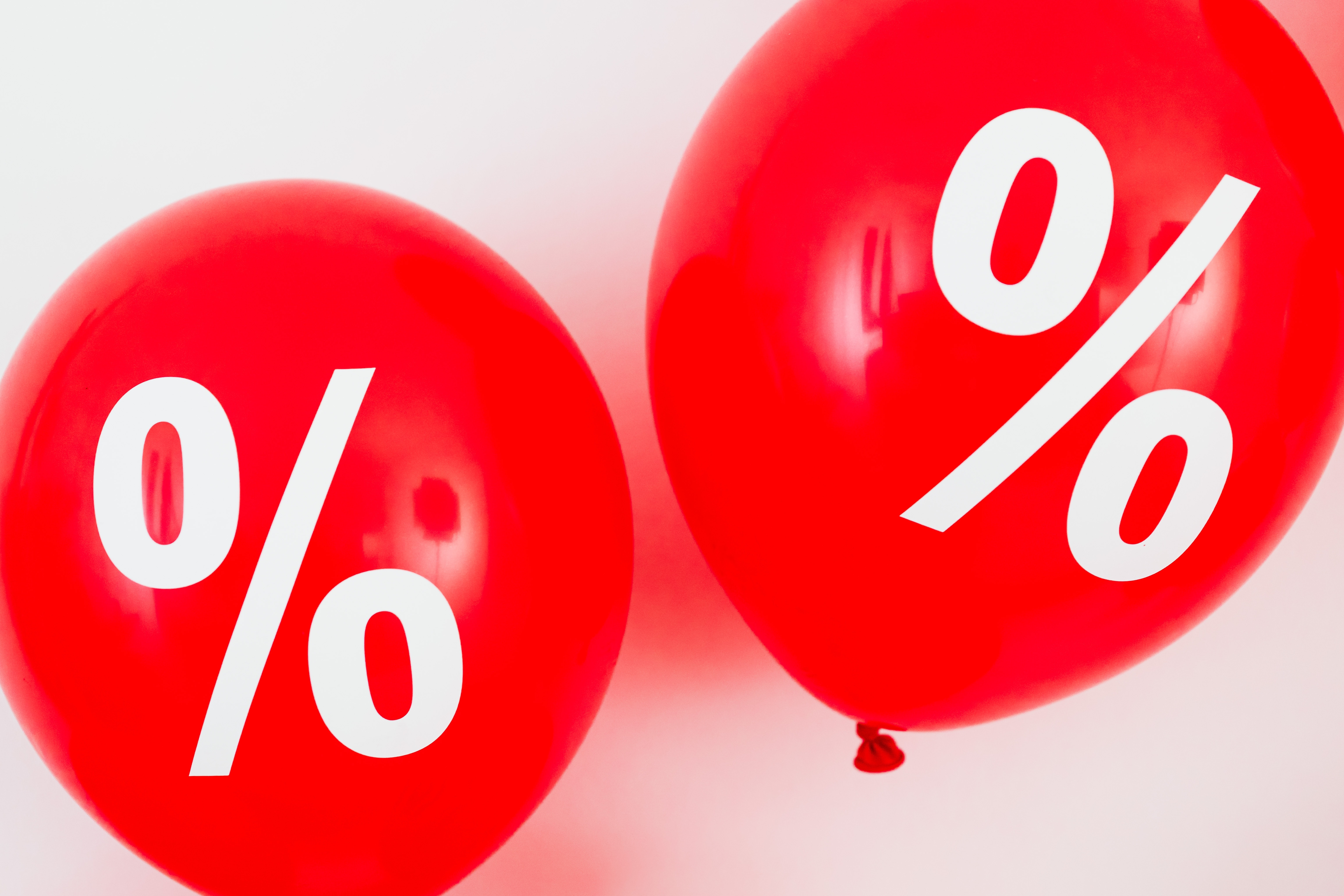EU has made new marketing rules, which will enter into force on 28 may 2022. These deal with a change in how you may use price marketing in the future and what prices you are allowed to compare with in the future.
Many businesses, especially webshops, make use of price marketing to sell goods with great success. However, it is important that the price marketing is fair and does not make it difficult for consumers to see through. The EU has adopted a new provision to this effect, which means, that the rules for how til deal with price marketing are changing.
The current rules
With the current rules, a normal price period is six weeks (equivalent to 42 days). This means that an item must have been for sale for six weeks before you an advertise with messages about discounts on the current item. If a particular item has varied in price during the six weeks, it is the lowest price of the period it should be compared with.
During the 42 days, you have the opportunity to run with single and short-term campaigns up to three days, without this having any effect on the product's normal price. It is often used for Black Friday.
However, the promotion must cover all products, specific categories or parts of the range. The possibility of running offers on individual products without interrupting the normal price period is therefore not an option.
Nye regler fra den 28. maj 2022
As of May 28th the above rules will be regulated.This means that the number of days that determine the period in which a normal price is valid will be reduced from the current 42 days to 30 days. In addition, it has also been decided that the duration of the discount period will be reduced accordingly. This means, that it is now only 10 days instead of the current 14 days.
Furthermore, as something new, it will no longer be possible to use the short-term campaigns of a maximum duration of three days, without interrupting a longer campaign period in which the normal price has been valid. This means that in the event of any price reduction, you may only compare with the lowest price that the product in question has had for a 30-day period.
An example: A clothing store is offering a discount on a pair of shoes. The normal price is 50€ but the discount price is 40€ and after a few days, the price is back to 50€. After this campaign, 40€ is the price you have to compare with if you make a new discount on this product over the next 30 days.
Various promotional terms are included
In addition to the changes in how you may price your offers in the future, the EU has made guidelines for certain promotional terms to also be covered by the rules.
These terms include "Black Friday Deals", "Sale Price", "Special Deals" and not least "Black Friday / week / month", "Cyber Monday" and "Single Days Prices"
The EU's justification is that these indicate that one or more goods have previously had a higher price. It will therefore only be possible to use these terms if you provide the cheapest price for the item within the last 30 days.
Let's take a new example: During Black Week, you want to offer 20% discount on your entire webshop and inform your customers that you offer great Black Week discounts. However, 20 days ago, you had an offer on a pair of shoes, which could be bought for 40€ and usually cost 50€. If you want to use "Black Week offer" as a promotional term, you must stat the 40€ as the cheapest price, since it was the cheapest price within the last 30 days.








